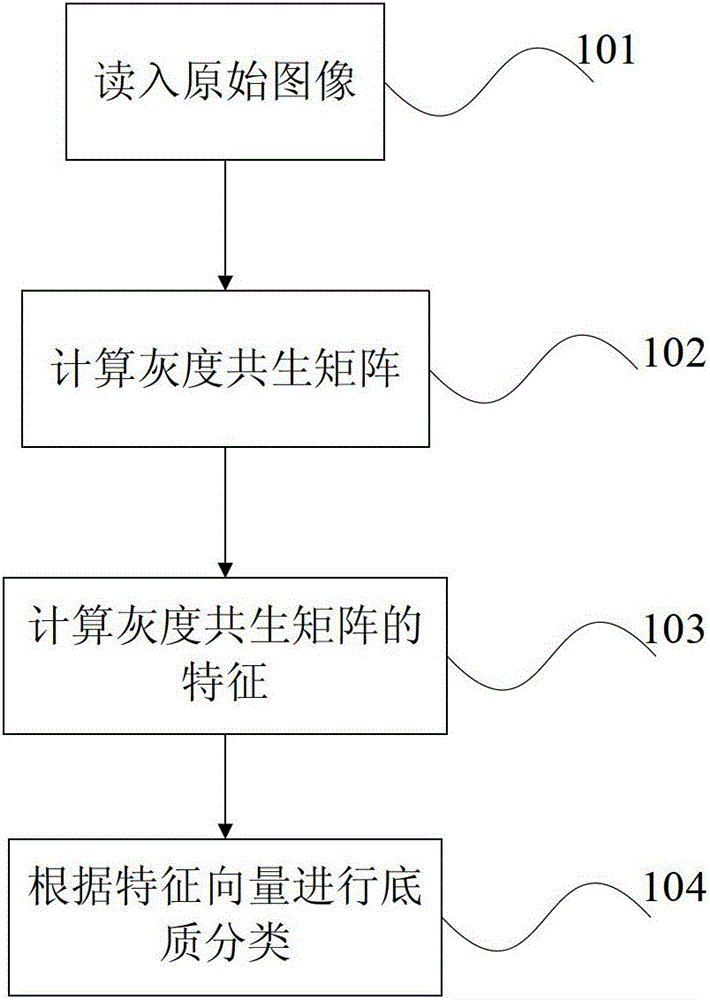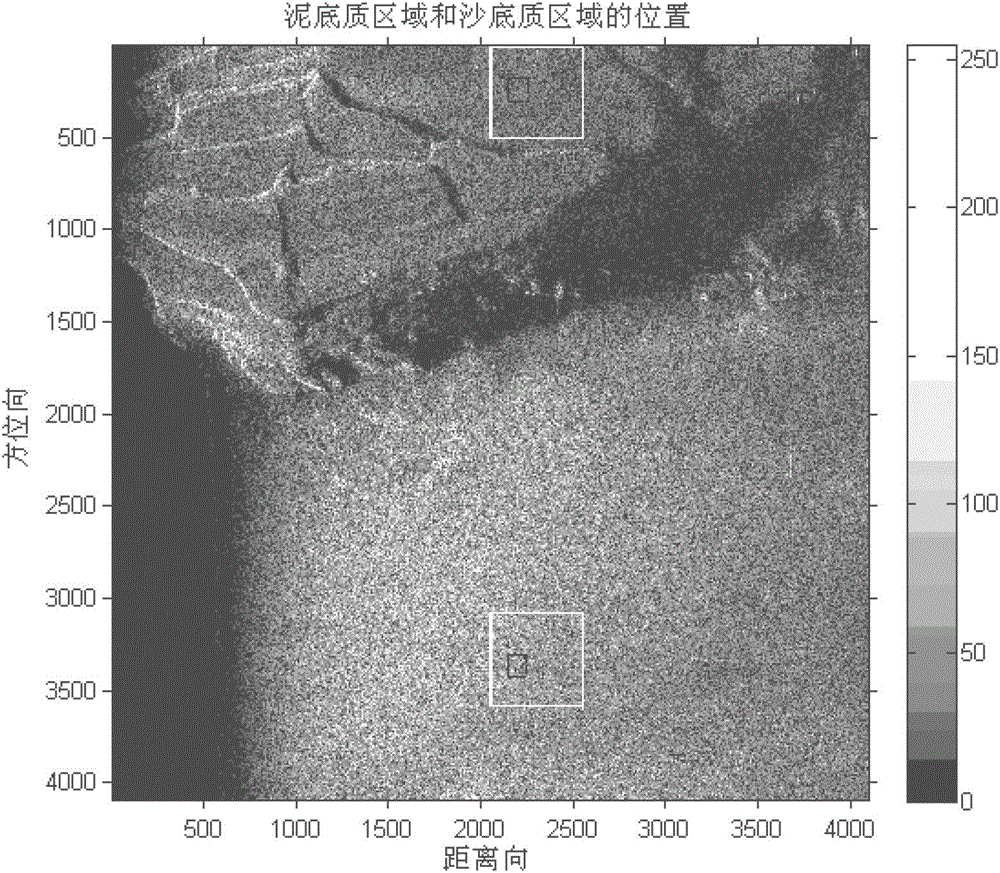A method and system for classifying sea bottom based on synthetic aperture sonar images
A technology of synthetic aperture sonar and classification method, which is applied in the direction of sound wave reradiation, radio wave measurement system, measurement device, etc., and can solve the problem of low classification accuracy
- Summary
- Abstract
- Description
- Claims
- Application Information
AI Technical Summary
Problems solved by technology
Method used
Image
Examples
Embodiment Construction
[0048] The present invention will be described in detail below in conjunction with the accompanying drawings and specific embodiments.
[0049] In order to solve the above problems, the object of the present invention is to provide a new method for classifying sea bottom based on synthetic aperture sonar images. We use the eigenvalues of the gray level co-occurrence matrix to solve the substrate classification problem. The specific steps of the synthetic aperture sonar substrate classification method include:
[0050] Step 1: Read in the raw SAR image
[0051] Step 2: Calculate the gray level co-occurrence matrix of the original image
[0052] Step 3: Calculate the eigenvalues of the gray level co-occurrence matrix
[0053] Step 4: Analyze the eigenvalues of the gray level co-occurrence matrix
[0054] Step 5: Use the eigenvalues of the gray level co-occurrence matrix for target detection
[0055] Using the gray co-occurrence matrix can describe the characteristics...
PUM
 Login to View More
Login to View More Abstract
Description
Claims
Application Information
 Login to View More
Login to View More - R&D
- Intellectual Property
- Life Sciences
- Materials
- Tech Scout
- Unparalleled Data Quality
- Higher Quality Content
- 60% Fewer Hallucinations
Browse by: Latest US Patents, China's latest patents, Technical Efficacy Thesaurus, Application Domain, Technology Topic, Popular Technical Reports.
© 2025 PatSnap. All rights reserved.Legal|Privacy policy|Modern Slavery Act Transparency Statement|Sitemap|About US| Contact US: help@patsnap.com



